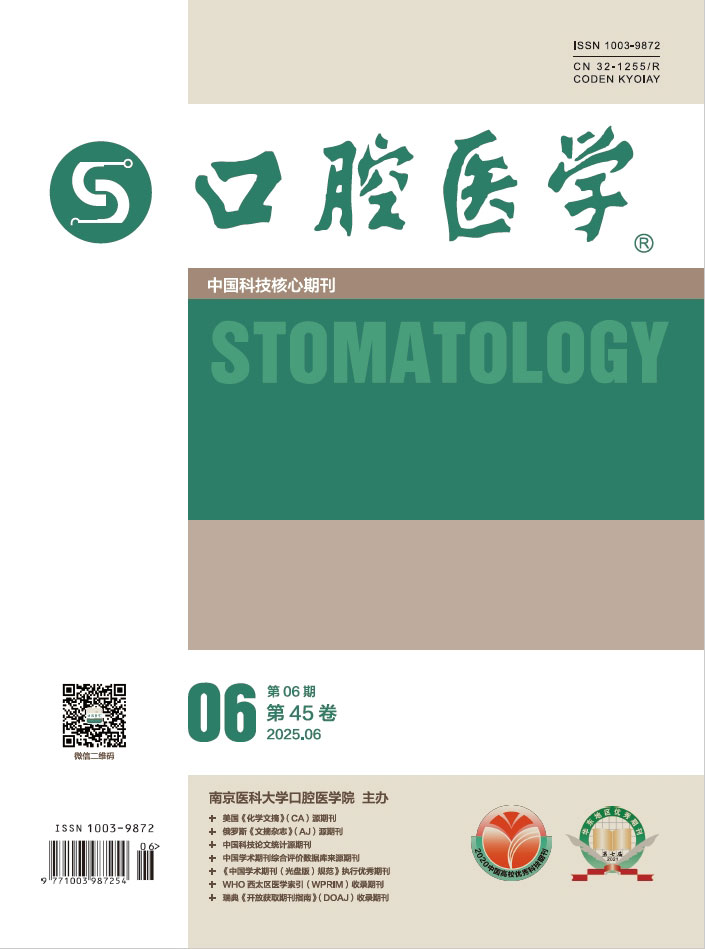Objective To evaluate the effect of Er: YAG(erbium-doped: yttrium aluminum garnet)laser combined with remineralizers on enamel acid resistance. Methods Healthy teeth that needed to be extracted due to orthodontic treatment were included, and 60 enamel blocks according to a unified standardwere prepared, and randomly divided into 6 groups(n=10). They were treated with deionized water(Group A), sodium fluoride(Group B), bioactive glass(Group C), Er: YAG laser(Group D), Er: YAG laser combined with sodium fluoride(Group E), and Er: YAG laser combined with bioactive glass(Group F)for 7 consecutive days before undergoing pH cycling demineralization. After the experiment, the surface morphology, calcium/phosphorus ratio, surface hardness, and surface roughness were measured in each group. Results ①Surface morphology: the enamel surfaces of groups A-F were all damaged to varying degrees, with groups E and F showing the least degree of damage, while group A had obvious concave defects. ②Calcium/phosphorus ratio: the calcium/phosphorus ratio on the enamel surface of groups B,C and D was significantly higher than that of group A(P<0.000 1), while there was no significant difference between groups B,C and D(P>0.05). The calcium/phosphorus ratio on the enamel surface of groups E and F was significantly higher than that of groups B,C and D(P<0.001). ③Surface hardness: after acid etching, the surface hardness of enamel in all groups decreased. The surface hardness loss of enamel in groups B,C and D was significantly lower than that in group A(P<0.000 1), while there was no significant difference between groups B,C and D(P>0.05). The surface hardness loss of enamel in groups E and F was significantly lower than that in groups B,C and D(P<0.001). ④Surface roughness: Compared with group A, the surface roughness of enamel in group D was reduced, but not statistically significant(P>0.05). Groups B and C showed a significant decrease(P<0.000 1), while there was no significant difference between groups B and C(P>0.05). The surface roughness of enamel in groups E and F was significantly lower than that in groups B,C and D(P<0.001). Conclusion The combined application of Er: YAG laser and remineralizers can enhance the acid resistance of enamel, providing a new reference for the treatment of dental erosion.







